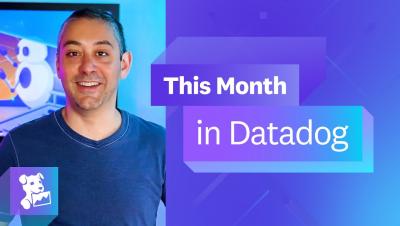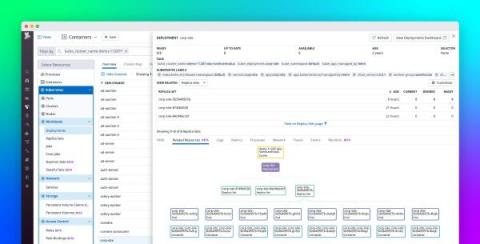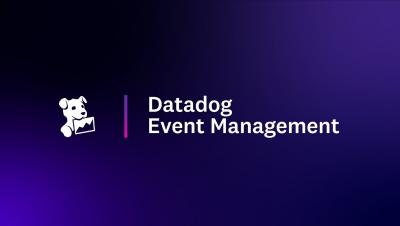Monitor your Helm-managed Kubernetes applications with Datadog
Helm is a package manager that makes it easy to deploy and manage Kubernetes applications. Our new Helm integration allows you to monitor the availability and status of the Helm-managed applications deployed in your Kubernetes clusters. In this post, we’ll show you how you can visualize the status of your Helm releases and use monitors to notify you of important changes in your Helm environment.











